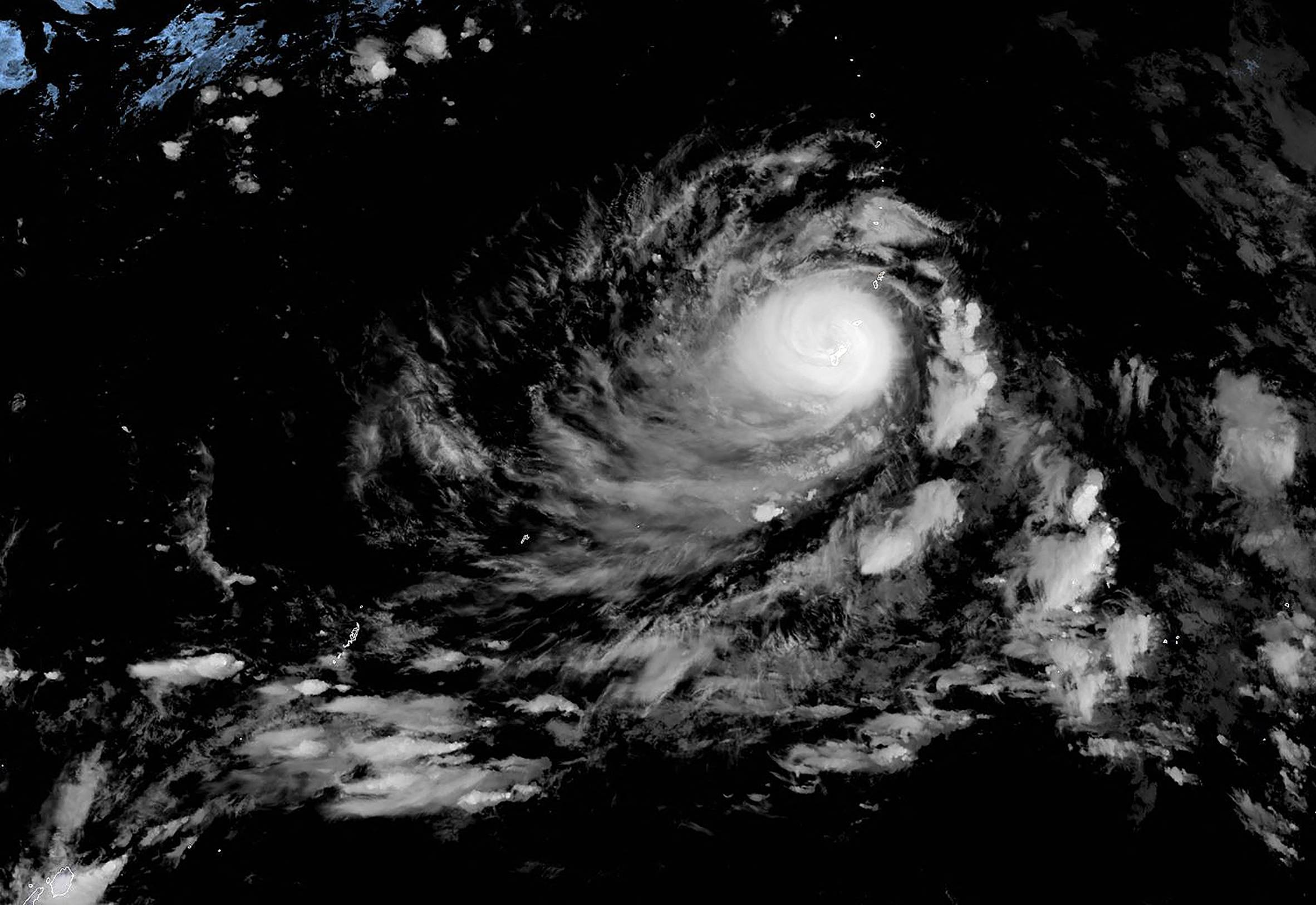As Typhoon Mawar neared the coast of Guam early Wednesday, it also drew attention to an uncomfortable fact of U.S. military strategy: Many of America’s most strategic assets are in places increasingly threatened by extreme weather events, rising seas and other consequences of climate change.
The navy moved ships out to sea before the storm hit, which is standard procedure when bases prepare for hurricanes. The storm generated winds of 282 kilometers per hour — the National Weather Service’s offices were "vibrating,” an official said — and waves of at least 18 meters. It caused significant flooding in Guam, endangering residents and putting new demands on the military.
It isn’t the first time, and it’s unlikely to be the last. In 2019, a Department of Defense report on climate impacts noted that repeated flooding at Naval Base Guam was already limiting operations and activities for the Navy Expeditionary Forces Command Pacific, the island’s Andersen Air Force Base, submarine squadrons, telecommunications "and a number of other specific tasks supporting mission execution.”



















With your current subscription plan you can comment on stories. However, before writing your first comment, please create a display name in the Profile section of your subscriber account page.